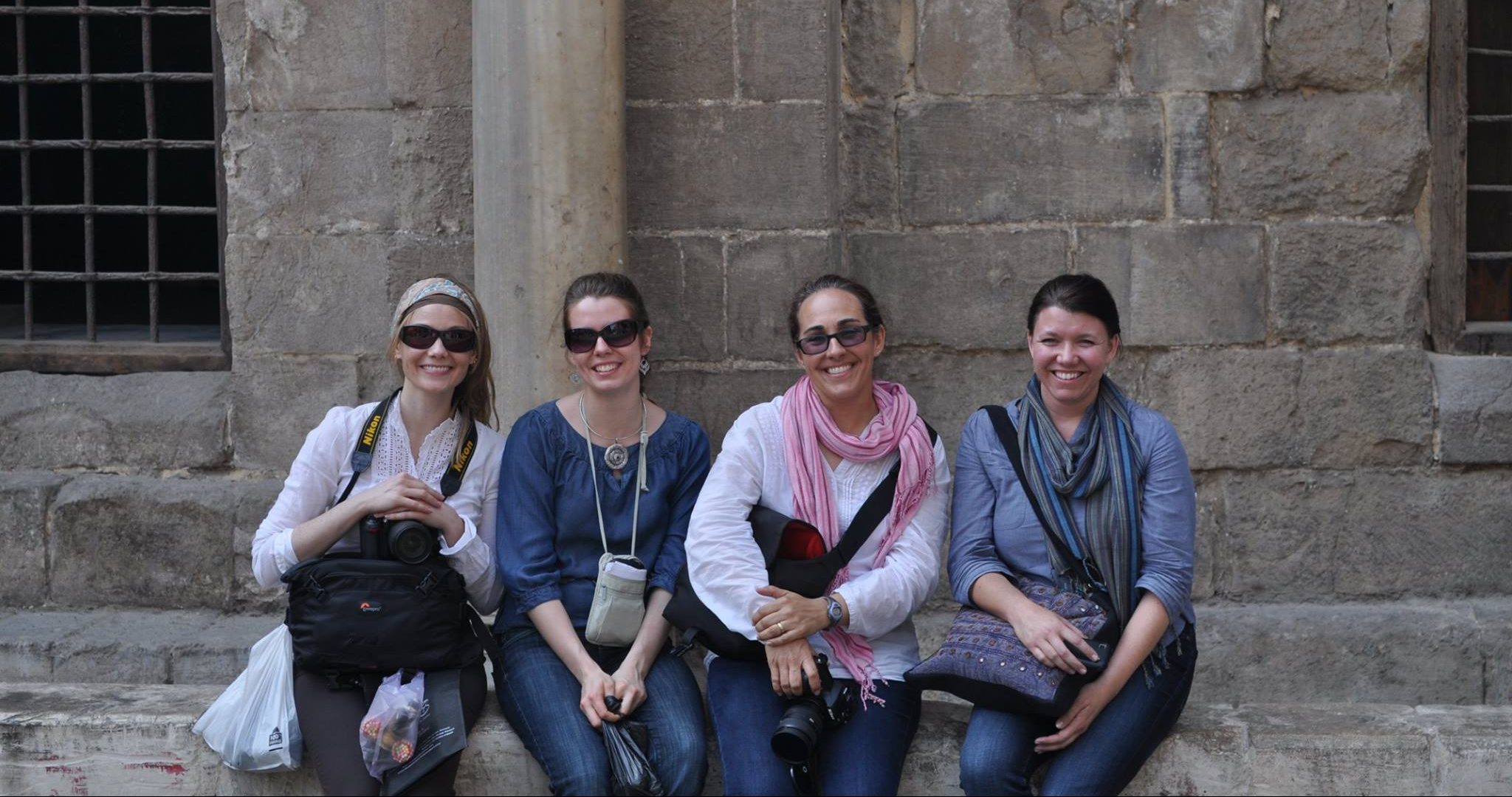
I love names. When you look a person in her eye and call her by name, you form a connection. I feel this so strongly that I always adopt a local name wherever I live. In Japan, it’s Megumi. In Ukraine, Nastya. In east Africa, Malaika.
Actually, it all started in Jerusalem, spring semester of 1999. My name is Hilary, and for some reason the combination of my name and blonde hair prompted endless variations on the same question: Are you Hillary Clinton? Tired of this tiresome question, I begged local friends to give me a new name. A local name. One that people could easily pronounce, remember, and (most importantly) identify me by other than the inevitable “Hillary Clinton.” A few whispers and winks later, they christened me “Jamila.” I had not yet studied Arabic at this point, so I accepted this name without knowing its meaning: beautiful. That was the beginning of a new identity that I still carry today.
Speaking of names, by this point you have probably learned that the local name for Egypt is “Masr.” But do you know that Egypt has another identity, an ancient name given by its pharaonic forefathers? It’s “Kemet.” Egyptologists say that name means “black earth.” One look at the dark soil in the Nile river valley and it’s not hard to imagine why the ancient Egyptians chose this name.

This famous fertile black silt is a hallmark of the annual flooding of the Nile. Until fairly recently, the people of Kemet would count on the Nile to burst its banks, water the floodplain, and leave behind the rich black soil. Of course, if the flood was too weak or too strong in any given year, the results could be disastrous. This is why the ancients relied on Nilometers – structures for measuring the river’s water level during the flood season.

(Inside the dome housing the Nilometer)
One such Nilometer remains on Roda Island, right in the middle of Cairo. While this particular Nilometer is “only” 1300 years old, it definitely gives ancient vibes that my kids just love. The dizzying staircase spiraling down into the shaft of the Nilometer particularly thrills them.

(Don’t worry – there’s a railing!)
I love that the park surrounding the Nilometer is perfect for picnics and unbeatable views of the Nile. And if you are a fan of Umm Kulthum, you are in luck; a museum dedicated to her life and career is located right by the Nilometer. Our favorite: the display featuring the diva’s diamond-studded eyeglasses.

(Umm Kulthum – Egypt’s national icon)
Transportation: you can easily get to the Nilometer by private car or Uber. However, you know me. I love going by public transportation. I get off at the closest metro stop (el-Malek el-Saleh) and walk. The path takes you by a meticulously manicured nursery situated on the banks of the Nile. We enjoy exploring the nursery and its greenhouses as we make our way to the Nilometer. Enter the nursery here and exit here. Note: you may need to climb over a low fence if the nursery exit gate is locked. Worth it!

(Enjoy the nurseries on the island of Roda)
Egypt’s annual flood ceased after the construction of the Aswan High Dam in the 1960s, but the Roda Island Nilometer remains as a monument to those days of dependence on the whims of the Nile. And like that ancient flood, I just keep coming back to visit that old Nilometer. I’ll see you there!



